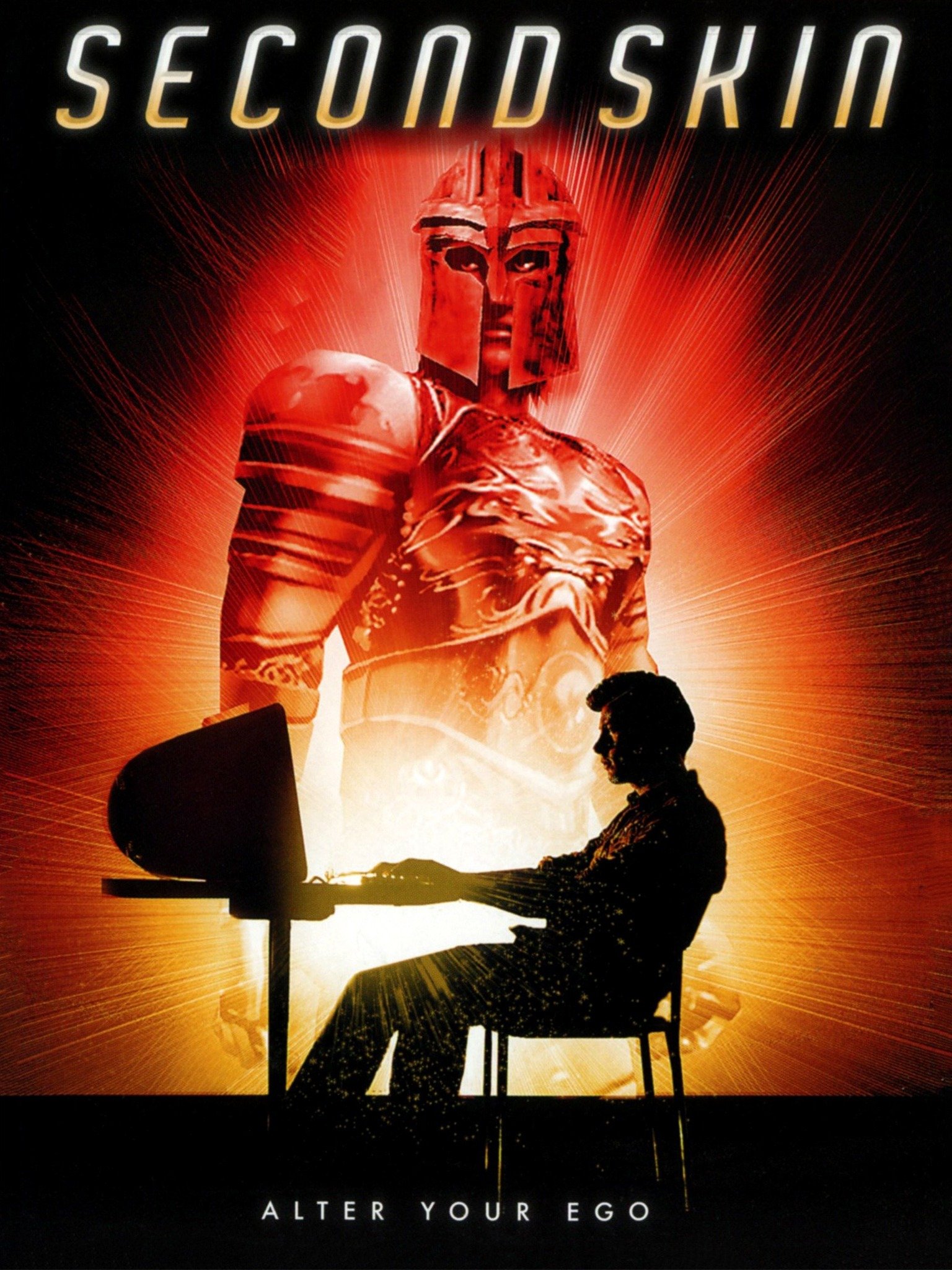Spinning out of X-Men: Second Coming, 2010's Generation Hope took to focus the first new generation of mutants since the Scarlet Witch, and editorial decree, informed the X-Men of their obsolescence. The line of X-Men titles had been reeled back from its heady heights of 90s popularity, and in-text the mutant population had been severely diminished. This book, and its cast of new characters, set out to define what a modern mutancy could look like. Instead, its post-postmodern superheroes were never permitted the freedom to explore or evolve their unique standing.
 |
| Generation Hope #1 By Kieron Gillen and Salvador Espin |
Oya was equal parts Iceman and the Human Torch, taking heat with an ice hand and returning it with a pyrokinetic one. A character based on the two ends of an extreme binary. Velocidad, meanwhile, was functionally a speedster, not unlike Quicksilver or the Flash, differing in that he increases the time around him. The faster he would go, the faster he would age. Transonic's active ability of flight was amplified with shapeshifting characteristics, as her outward appearance invoked the naked blue of Mystique and the blue lips of Apocalypse. Primal spoke to the savage types, the Beasts, the Hulks and the Wolverines, and was particularly concerned with the genre trapping these characters repeatedly find themselves within. The honour of man brought into conflict with the beast within, only this time the beast would win out over the man. Kenji Uedo, codenamed Zero, was perhaps the team's most inventive creation- that is, if you had never seen the film Akira (1988). A unique enough immigration, the character itself nevertheless remained entirely a visual retread of the film's Tetsuo. And then there was the titular Hope, herself a riff on the staple X-Book power manipulators, such as Rogue, Synch and Mimic. Not to mention evoking other cosmically-touched redheads.
 |
| Generation Hope #5 By Kieron Gillen and Jaime McKelvie |
Those following the current X-Men line should note a connection between this unexplored hypnotic element to her powers and the surprisingly close coalition of mutants at the core of Krakoa's state infrastructure, the Five. It also shines a different light on Nightcrawler's Second Coming sacrifice.
But, in the context of Generation Hope, this works more to address practical concerns. It is of little surprise to any follower of comic books when a new team of superheroes debuts, spending the first 6 issues of their series assembling the team and finding themselves cancelled at issue 10. Generation Hope itself would be cancelled at issue 17, albeit with writer Kieron Gillen leaving after 12. With the cast hypnotically under Hope's control, Gillen was able to bypass a lot of the standard storytelling pitfalls in order to deliver his story more efficiently.
Still, however unintentional this may be, the hypnotic aspect nevertheless serves as criticism of the structure and standard of the superhero team more widely; the suggestion being that, if it's happening with Hope's team, who is to say that it is not happening to every cast of superheroes? So often does a superhero team consist not of people who would understandably collaborate for a set goal, or even work against each other as a compelling cast, but of people simply grouped together as alternate sub-franchise mascots. The Avengers come to mind.
That Gillen is never given the opportunity to delve into these concepts further is the series at its most meta. Much like the tragic Velocidad, the story moved faster, burned brighter and ended sooner, with its cast relegated to obscurity almost immediately after cancellation. Touted as the "most important X-Book in years," Generation Hope has, in fact, managed to become little more than a footnote.


